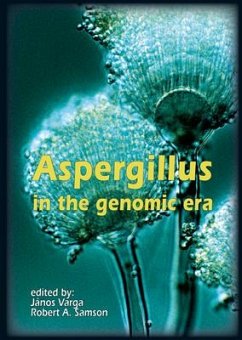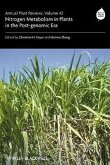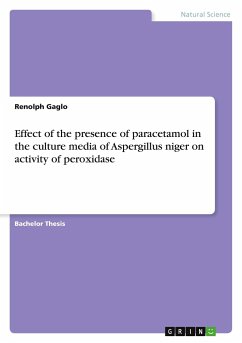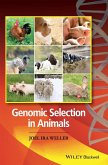Aspergillus is among the economically most important fungal genera. Aspergillus species are used in the fermentation industry for the production of various enzymes, organic acids and pharmaceutically important compounds, and in Oriental food fermentations. At the same time, Aspergilli can cause opportunistic infections, and produce a range of secondary metabolites also known as mycotoxins which are harmful to humans and animals. Due to its importance in biotechnology, medicine and foods, Aspergilli are in the forefront of studies dealing with various aspects of fungi. This is well illustrated by the fact that projects aiming at sequencing the genomes of nine species are in progress. In this book, some aspects of the biology of this genus are covered, including the biotechnological importance of Aspergilli, their role in mycotoxin contamination of food products including grapes and coffee products, and implications of biodiversity of Aspergillus populations for agriculture. Among the clinical aspects, the role of Aspergilli in eye infections, the mechanisms of antifungal drug resistance and their molecular identification in the clinical setting are covered. Several chapters deal with the genomic aspects of Aspergilli, including the genomics of pigment biosynthesis, extracellular enzyme production, aflatoxin biosynthesis and the identification of genes taking part in sexual processes. Additional chapters cover the variability and inheritance of mycoviruses in Aspergilli and multilocus approaches are given to clarify the evolutionary history of the genus. Finally, a new taxonomic classification of the various Aspergillus sections is given based on multilocus sequence data.








